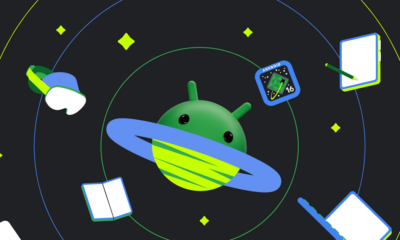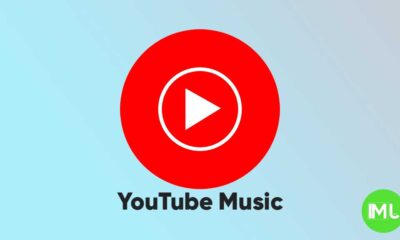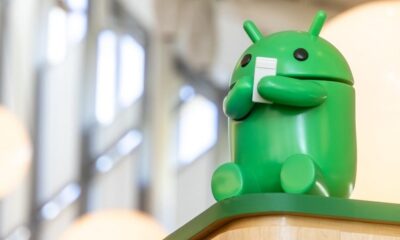Google Messages revives contact customization and YouTube Music refreshes design for a modern experience
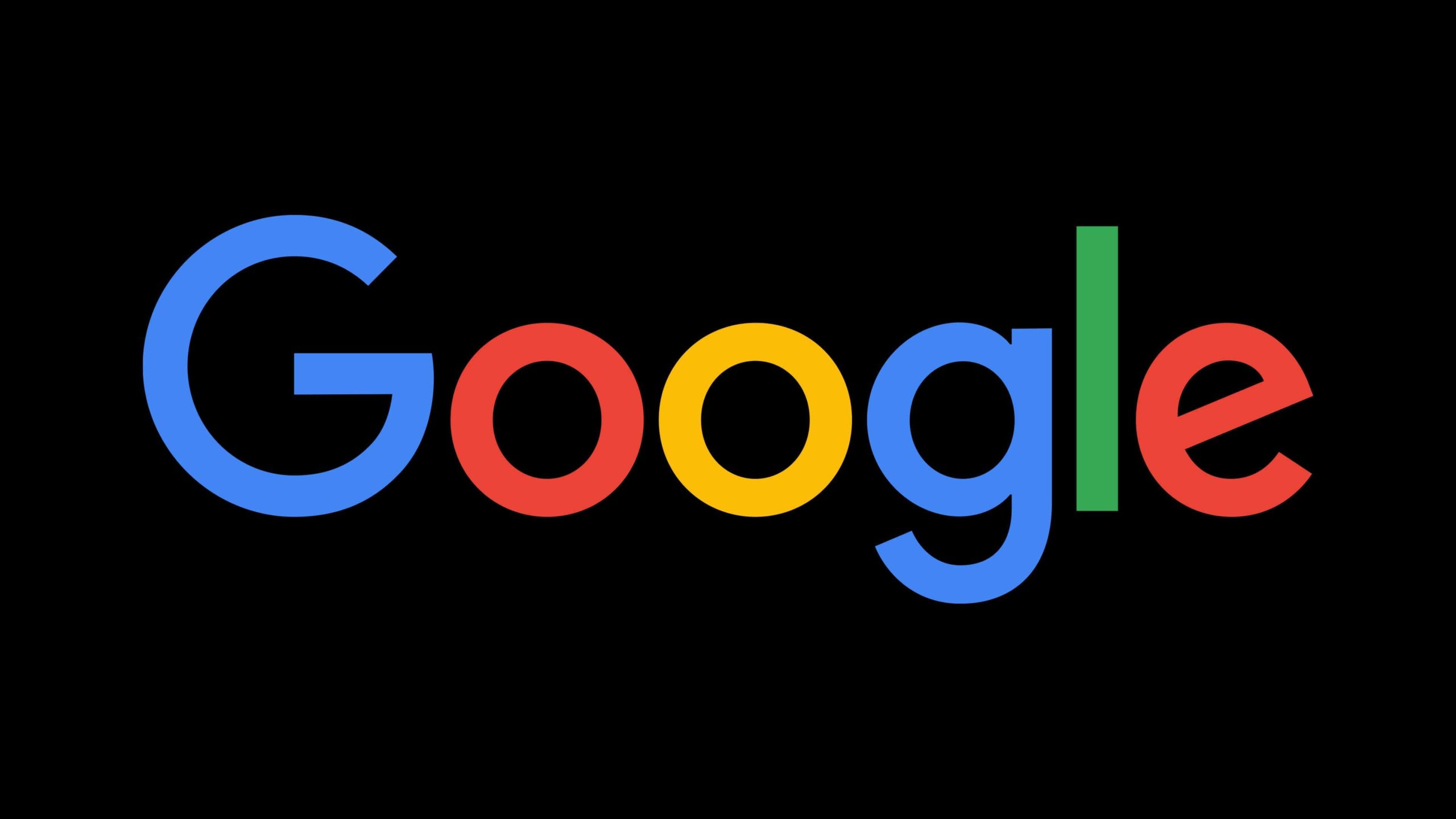
Google is enhancing its Messages and YouTube Music apps with new updates that offer more control and design improvements across Android and iOS platforms.
Google Messages Brings Back Customizable Contacts
Google Messages recently introduced a “Profile Discovery” feature, letting users show their profile photo and name when added by phone number. However, this feature automatically displays the Google account photo of the user instead of the image they might prefer, which many found limiting. Fortunately, Google seems to be addressing this with a new update.
In the recent Google Messages beta (version messages.android_20241018_01_RC00.phone_samsung_openbeta_dynamic), there’s an option to choose between a contact’s Google profile photo and a custom image saved locally on your device. By tapping on a contact’s profile picture, users can now easily swipe to switch between their Google profile photo and a custom picture. If a change is needed, the “Manage in the Contacts app” button allows users to update these images directly. This update brings much-needed flexibility, especially for contacts who don’t have a Google profile image, making the conversation list more personalized.
In addition to photo customization, Google is expected to improve privacy controls within Messages. Users might soon have more detailed options for deciding who can view their profile name and picture, adding an extra layer of customization and control over their visibility.
YouTube Music Overhauls Menus and User Interface
Meanwhile, YouTube Music is also getting a design refresh. The update brings a new floating panel style for the three-dot menu, which replaces the previous, full-width design with a floating menu that has rounded corners, similar to the main YouTube app. This subtle redesign makes the app feel cleaner and more modern, though it’s especially noticeable against YouTube Music’s darker backgrounds.
The updated design applies to all three-dot menus in YouTube Music, except for the share menu on Android, which is still in the previous style (already updated on iOS). The version 7.24 update for Android and iOS introduces these changes, with no shifts in the layout or organization of the overflow menus. This redesign enhances the app’s overall aesthetic and aligns with Google’s recent updates, such as the predictive back navigation feature.
Additionally, the “Now Playing” screen recently dropped the multi-colored glow on the “Connect to [Cast device]” button, opting for a clean black-and-white look, which minimizes distractions and brings more focus to the album art.
Main YouTube App Updates Influence YouTube Music
Earlier this month, YouTube announced several design upgrades for its main app, such as an updated bottom bar with new icons and a frosted glass effect. While it’s unclear if these specific changes will appear in YouTube Music, they hint at future design improvements. A simple icon tweak, like the Home feed button, could translate to YouTube Music, though the frosted bottom bar might require further interface updates, particularly with the mini-player. Additionally, the YouTube Music web app was one of the first to introduce the pink/magenta progress bar, which could signal more consistent design choices across platforms.
In sum, Google’s updates to both Google Messages and YouTube Music show the company’s focus on improving user experience through enhanced personalization and thoughtful design tweaks. These updates give users more control over their interactions and create a streamlined experience across Google’s ecosystem.
YouTube Music adds new feature to keep song volume steady
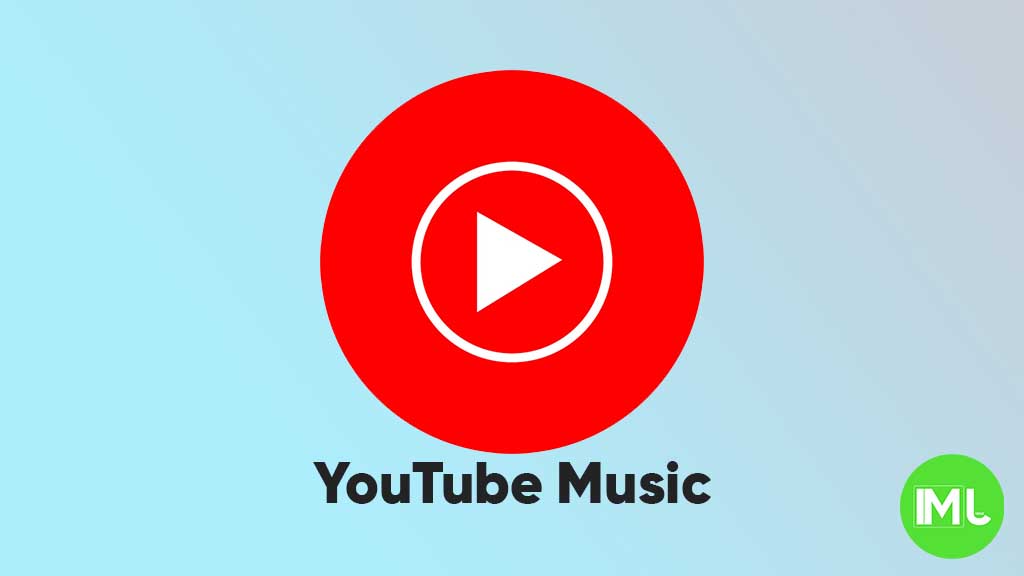
YouTube Music is rolling out a new feature called “Stable volume” to make your listening experience better. This option helps keep the sound level the same across all songs, so you won’t have to turn the volume up or down when switching tracks.
Sometimes, songs are louder or softer depending on how they were made. This new feature fixes that by adjusting each track so that all music plays at a similar volume. It’s especially useful when you’re using headphones or listening in the car.
You can find this option in the YouTube Music app by going to Settings > Playback & restrictions, where you’ll see a switch for “Stable volume.” It works for both free and Premium users, and it’s now appearing on Android devices (version 7.07 or later). iOS support may come soon, but it’s not available yet.
This is a welcome update, as many streaming apps like Spotify and Apple Music already have similar volume balancing tools. It helps make playlists and albums sound smoother and more enjoyable without constant volume changes.
So far, the feature is being released in stages, so you might not see it right away, but it should show up soon for everyone.
Android
Android 16 beta adds battery health info, Pixel Fold gets better at detecting opens and closes
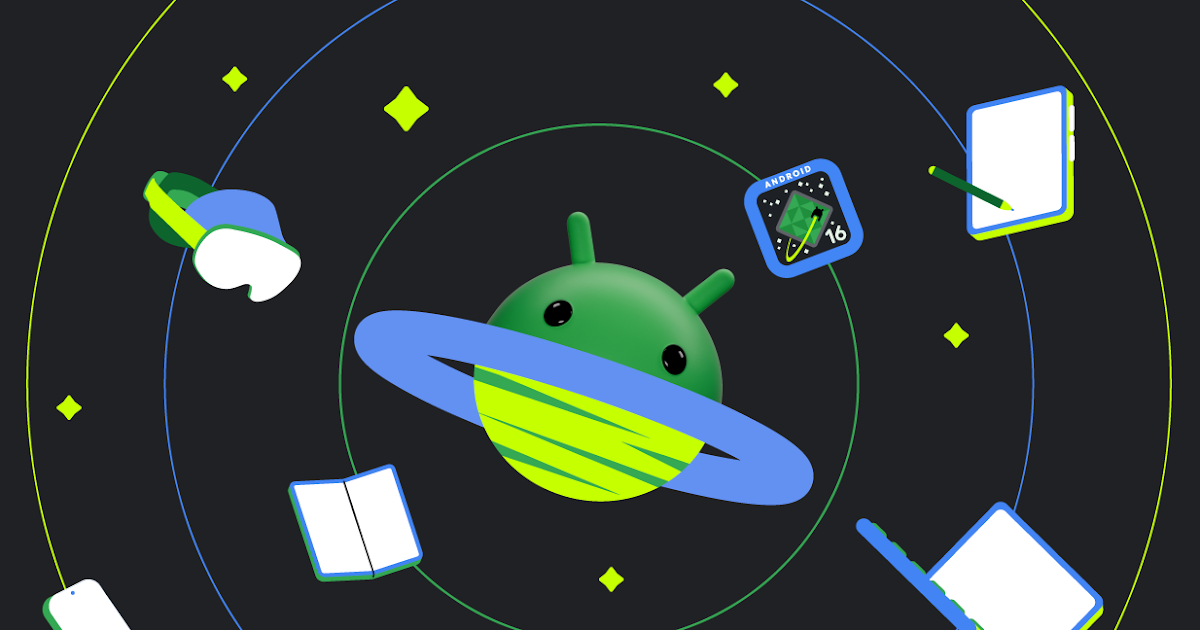
Google has released the Android 16 Beta 1 update for Pixel phones, and it brings some helpful new features. One of the key additions is battery health information, which is now available in the settings. Pixel users can now see the battery’s manufacturing date, charge cycles, and overall health score. This can help people understand how well their battery is holding up over time. While this feature is currently hidden under developer options, it might be fully added in a future update.
At the same time, Google is also working to improve the Pixel Fold. With Android 16 Beta 1, there’s a new system that better detects when the phone is opened or closed. This new method uses the hinge angle to more accurately understand the device’s position. Unlike older systems that could be affected by software bugs or slow response times, this new one seems to be more reliable and faster.
These changes are important for people who use foldable phones like the Pixel Fold, as better hinge detection can lead to smoother app transitions and fewer bugs. And for all Pixel users, having detailed battery info can help with managing phone performance and deciding when it’s time for a battery replacement.
Overall, Android 16 Beta 1 focuses on giving users more control and smoother experiences, especially for those with foldables.
Android
Android 16 could bring colorful always-on display to Pixel phones

Google is working on Android 16, and it looks like the update could bring more color to the always-on display (AOD) feature on Pixel phones. Right now, the AOD mostly shows white text on a black screen. But a new setting found in the Android 16 Developer Preview hints at the ability to add colors to this display.
The new feature is called “AOD Preview,” and it includes a switch labeled “Color AOD.” While this setting doesn’t work yet, it suggests that Google might be planning to show colorful content even when the screen is in low-power mode.
This change could make AOD look more lively, maybe by adding color to the clock, notifications, or wallpaper. So far, it’s not clear exactly what will change or how customizable it will be, but the feature seems to be in early testing.
Samsung already has more colorful AOD options on its Galaxy devices, so this update could help Pixel phones catch up. Google often introduces new features first on Pixel devices before making them available to other Android phones.
Android 16 is still being developed, and many features are not ready yet. But if Color AOD becomes part of the final release, Pixel users could get a more vibrant and useful always-on display in the near future.
-

 Apps1 year ago
Apps1 year agoGboard Proofread feature will support selected text
-

 News1 year ago
News1 year agoSamsung USA crafting One UI 6.1.1
-

 News1 year ago
News1 year agoBreaking: Samsung Galaxy S22 may get Galaxy AI features
-

 News1 year ago
News1 year agoSamsung Galaxy S23 Ultra with One UI 6.1 and all S24 AI features revealed
-

 News1 year ago
News1 year agoOne UI 6.1 Auracast (Bluetooth LE Audio) feature coming to many Samsung phones
-

 News1 year ago
News1 year agoSatellite SOS feature coming to Google Pixel phones, evidence leaked
-

 Apps11 months ago
Apps11 months agoGoogle’s fancy new Weather app is finally available for more Android phones
-

 News1 year ago
News1 year agoGoogle Pixel evolves as Europe’s third best selling flagship

